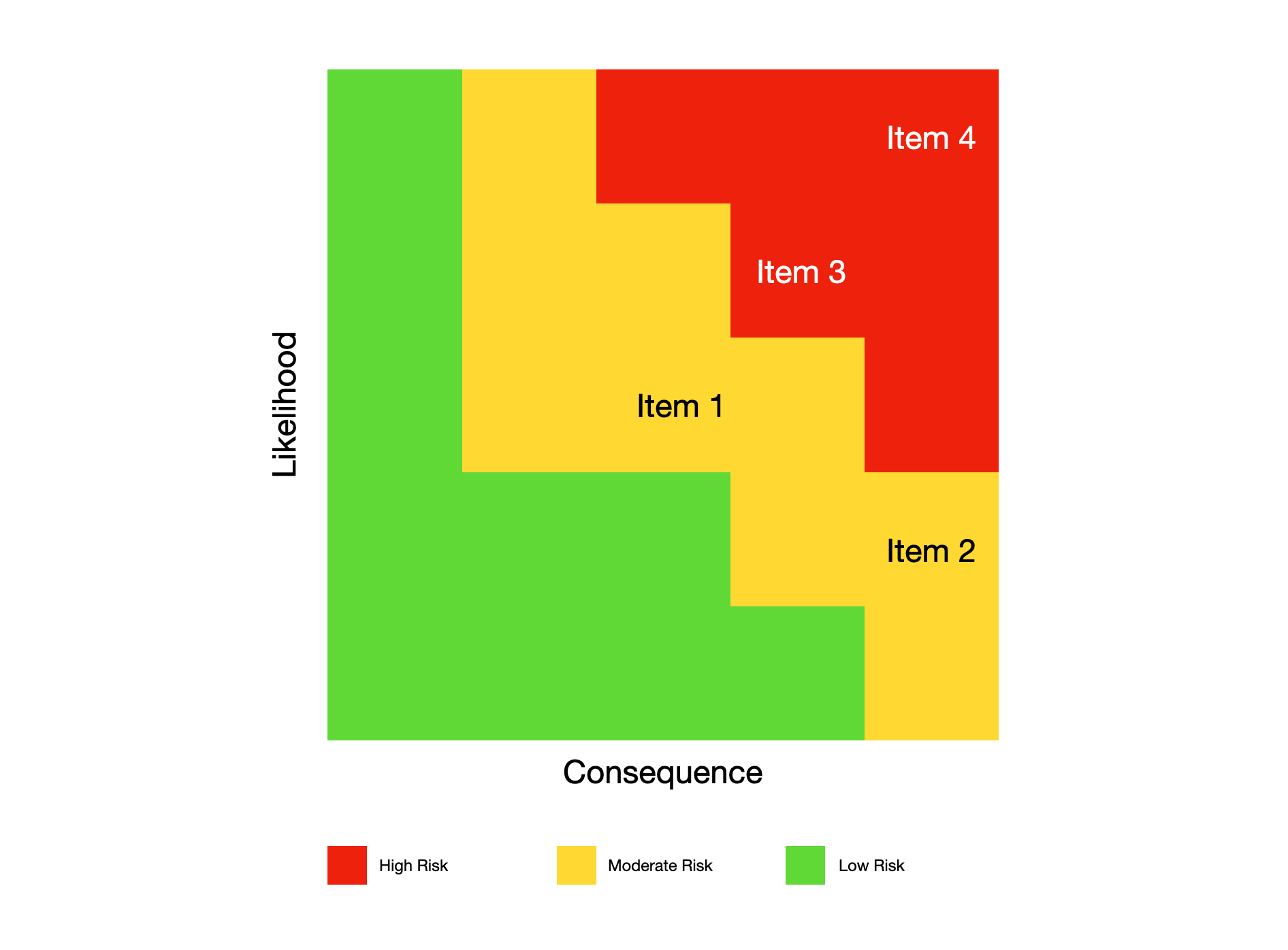Boris Cube

Last week, my lovely and talented colleague Vlad wrote about three steps to eliminate/mitigate risks in strategy – understand, assess, neutralize – and offered a chart that caught my eye. Vlad adapted a piece of HBR chartery that was fundamentally similar to a Boris Cube, something used by aerospace engineers to assess, quantify, and make decisions about process and design.

This is a slide from a deck by Boeing – surfaced by Flightblogger – that was used in the development of a second production facility in South Carolina. Interesting that the axes are transposed from Vlad’s chart. NB: years later I was asked by a representative from that company to remove the slide from this site. Weird! Below is a hastily produced, anonymous reproduction of the slide in question.

And here’s a slide from a Northrop Grumman tutorial on risk cubes, why they should be used, and how/when to implement them. Note that Northrop’s generic risk cube represents a higher tolerance for risk than does Boeing’s, which considers Likely + Minor Consequence a Moderate Risk.

(Aside: I love finding shit like this.)
Same deck. Same level of fascination on my part. Good strategists, as far as I’m concerned, are thinking like engineers and cost analysts when they’re developing their recommendations.

Comments